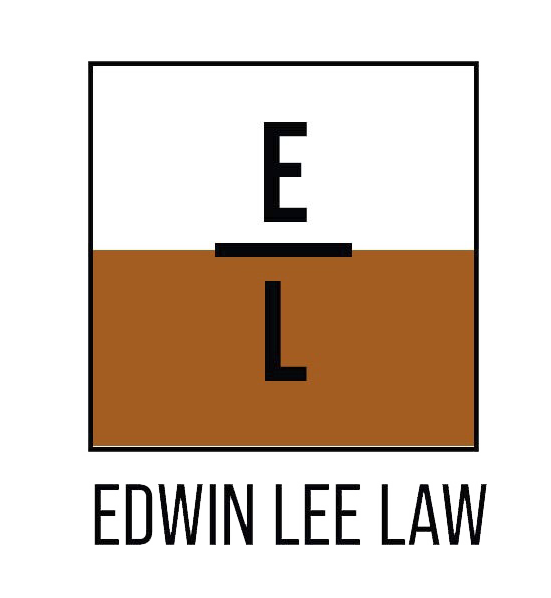Nearly one-third of young adults don't have a budget, which creates a huge stumbling block for financial success. Give your children the tools they need to control their money instead of wondering where it went.
Pay Monthly for Medicare Part D Prescriptions Come 2025
 What Is Medicare Part D?
What Is Medicare Part D?
Adults who are age 65 and older can enroll in Medicare, a federal health insurance program. If you have signed up for Medicare Part A, Part B, or both, you can also sign up for Part D.
Available through private insurers, Medicare Part D remains optional and covers certain categories of prescription medications. When choosing a Part D plan, review the specific drugs that each plan covers. You may already rely on a particular prescription medication or medications. Take the time to determine whether it appears on the list of drugs covered by any plans you are considering.
To get a better understanding of the wealth of options available for Medicare coverage, be sure to visit the Medicare website.
What Is the Medicare Prescription Payment Plan?
In August 2023, the Centers for Medicare & Medicaid Services (CMS) announced that a new Medicare Prescription Payment Plan will start in 2025. Under this plan, all Medicare prescription drug plans, including Medicare Advantage plans, will now offer enrollees the option to spread out their prescription drug out-of-pocket costs over 12 months.
How Will It Work?
You may have high prescription costs; about one-third of seniors today in fact have trouble affording their medications. Meanwhile, about one in five say they have chosen to skip dosages from time to time to make their high-cost prescriptions last longer.
If you normally pay at the pharmacy at the time you pick up your prescription, you will have another option under the new plan. Come 2025, you can opt to be billed for and pay these costs (capped at a certain amount) over time through your insurer. This is meant to make prescription drugs more accessible and manageable for those who need them most. It will not, however, change the prescription costs.
Starting in 2025, Part D enrollees may opt into the program by contacting their Part D sponsor and completing the Medicare Prescription Payment Plan election process. This is true regardless of whether you have a traditional or Medicare Advantage plan.
What Happens Next?
After enrolling in the plan, your sponsor will notify any pharmacy that fills a prescription of your status, and you will not pay anything at the register. Instead, you will be billed the cost in monthly installments by your plan sponsor.
If you do not pay the billed amount, your participation in the program may be terminated. However, you cannot be terminated from the Part D plan for failing to pay for your prescriptions. In addition, CMS guidance states the sponsor must do the following:
- issue notices for missed payments,
- give a grace period of at least two months for failure to pay the billed amount, and
- create a reinstatement process to allow those enrolled to get back into the program if they can show good cause for failing to make payments.
The Plan May Not Be Right For You
If affording your medication is a hardship and spreading out payments over 12 months would not provide enough reprieve, a more appropriate option may be one of the four Medicare Savings Programs or the Medicare Part D Low Income Subsidy known as Extra Help. Not everyone is eligible for these programs, however, and you must apply for these options.
While the Medicare Prescription Payment Plan may be good news for many, it may not be right for everyone, such as those with low out-of-pocket prescription costs. It is expected that feedback from the public and other interested parties will add some further changes to the proposed Medicare Prescription Payment Plan to help as many people as possible.
Additional Resources
To learn more about Medicare, including your payment options, be sure to consult with your elder law attorney.

